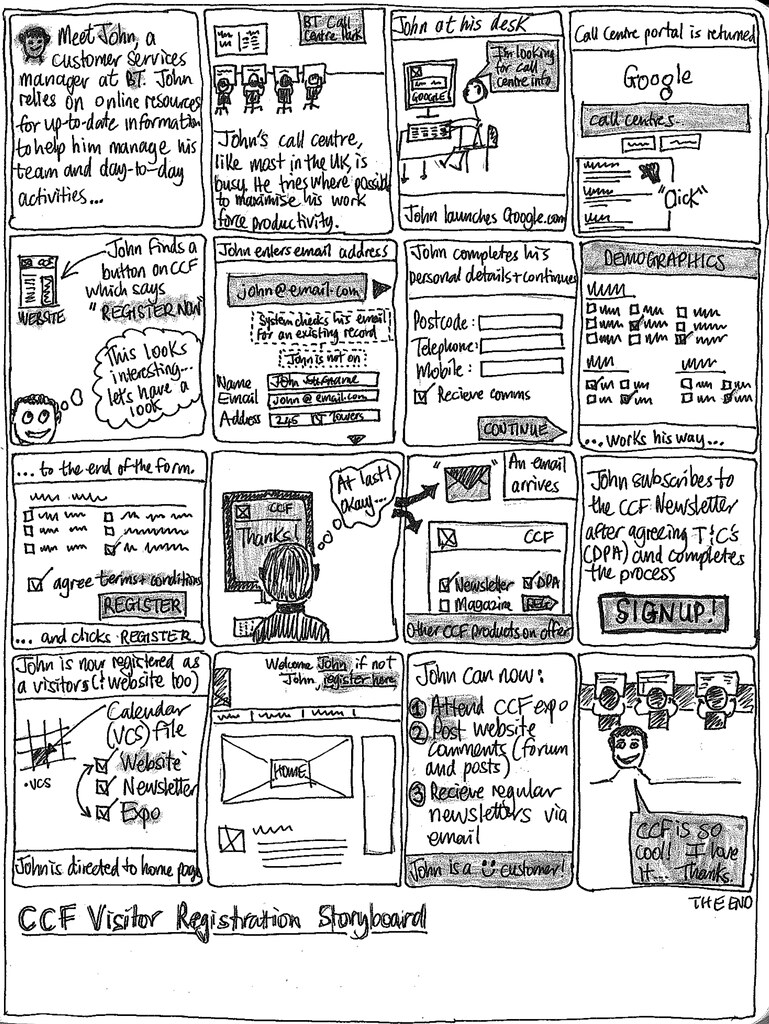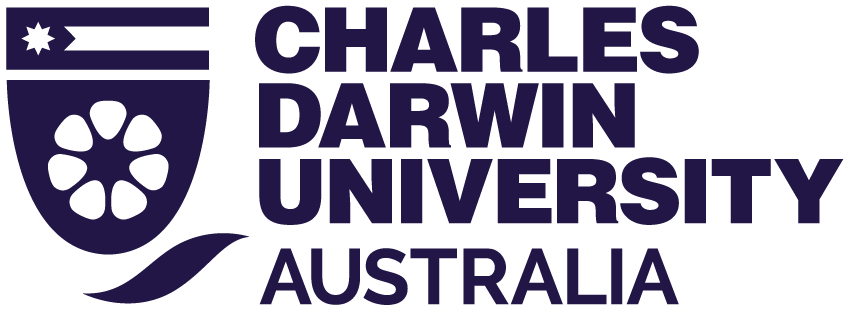2 Design: Shots, Storyboards & Scripts
As we have seen so far, stories can have a multitude of layers, characters, themes, elements and threads. It is our job as a filmmaker to weave all these together, to translate them into a set of images and sounds that, when viewed together, provides a meaningful experience for our audience.
Remember, as we talked about in the story section, our audience should always be at the forefront of everything we do in our filmmaking pursuit. What are they seeing and hearing? How can we connect with them? What do we want them to walk away knowing? How are they different, changed? What do we want them to do?
Shots
Mostly, films are viewed in a linear fashion. If our attention is held, we watch the beginning, then the middle, then the end. On the screen we hear audio and we watch thousands of pictures or frames. These images change so quickly that they fool us by simulating motion.
The audio we hear across the film is the glue that holds the film together.
Each set of frames generated by pressing record to start and stop a camera recording, is called a shot.
We often think of shots as the building blocks of a film. By combining different types of shots, compositions, angles and camera movements, as a filmmaker we can portray different ideas, emotions and movements for our scenes.
Let’s take a look at some different sizes and types of shots, and what they can convey:
If you’d like to learn more, visit: https://www.studiobinder.com/blog/ultimate-guide-to-camera-shots/
Storyboards
One often-used tool in a film planning process is a Storyboard. Filmmakers portray the shots and sequences that they are imagining, laying them out alongside dialogue, sound effects and camera directions. This produces an almost comic-book-style document version of the film.
Here are some links to storyboard templates:
https://boords.com/storyboard-template
https://www.template.net/business/storyboard-templates/sample-audio-video-storyboard/

Storyboards can be an incredibly helpful tool, but they are used more often in drama films or where the director has quite a bit of control over the shooting spaces, actors and action. In factual filmmaking, a filmmaker plays a much more observational role in a given space, choosing to witness and record action rather than direct it.
Scripts
A film script is often a text-based document that details the dialogue of characters in different scenes; what they say and to whom.
In a factual or documentary film, much of what is shot or recorded can be in the moment. Documentary filmmakers cannot always be sure of what characters might say or do, in an interview or other situation. Scripts in a factual film process can often be used or implemented much further along in the filmmaking process than in a drama piece. In factual filmmaking, scripts, if they are used, are often used to refine collected and amassed material for an editing phase, mostly as narration.
Factual Film Elements
Documentary or factual films often share some key components or elements that are shot and gathered to build a story.
- Interviews: planning for these with your talent is important; make sure you have consent, and have discussed the purpose of your interview; consider a pre-interview discussion with the talent or providing them with the questions that you would like to discuss; consider an appropriate location and framing
- Cutaways: these provide the visual poetry to cut over the top of, join up or accompany your interview; candle flames, a clock on wall; a highway; a tree swaying in the breeze; visual tidbits or candy for the viewer. These might fall into:
- Storytelling cutaways: relate to the story being told, without having to use a narrator; street signs, characters entering a building; things that locate or set the story
- Emotional cutaways: these have emotional content; a character kneeing at a funeral, crying or sitting alone, etc
- General coverage: this is content that is connected to an event; eg spectators at horserace, sport; cheering or eating
- Cinema Verite or Live Action: filming your characters in situ doing what they do
- Process Footage: this is often the “making-of footage”; including shots of the process of putting together the documentary Archive: existing photos, footage, audio recordings or other existing material
Planning Script or Textual Storyboard
A good way to access elements of the planning tools above is to put together a textual storyboard or a Planning Script that combines some of the features. This document is essentially a table that contains story, shot and audio planning elements.
Here’s a simple version:
(from examples.com)
Or a more detailed example (draft)

Using the template supplied below, begin to develop your textural storyboard to guide the production and editing of your film.
